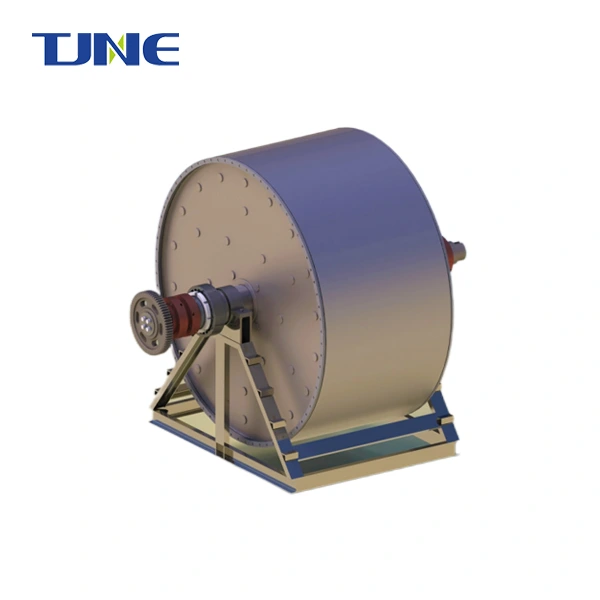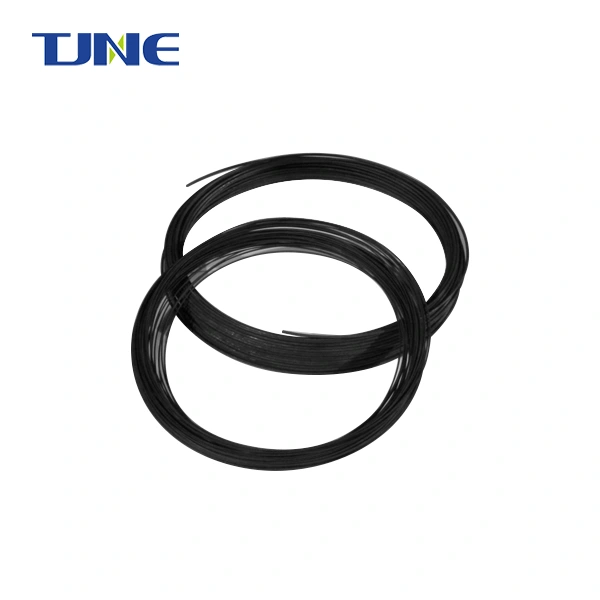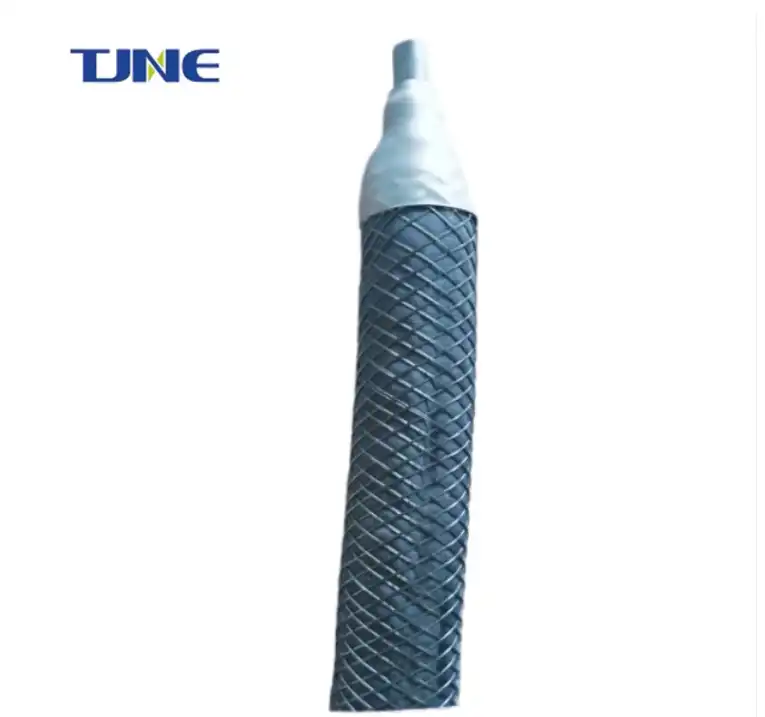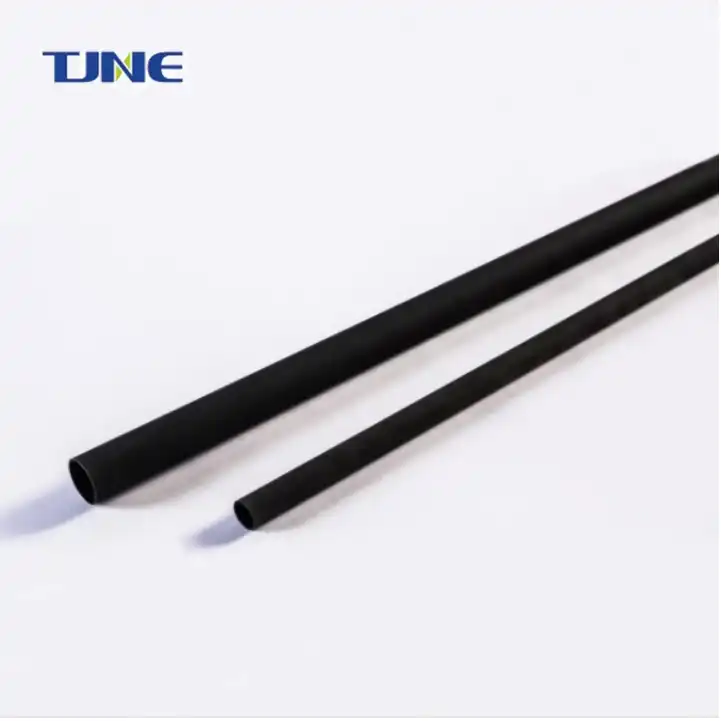- English
- French
- German
- Portuguese
- Spanish
- Russian
- Japanese
- Korean
- Arabic
- Greek
- German
- Turkish
- Italian
- Danish
- Romanian
- Indonesian
- Czech
- Afrikaans
- Swedish
- Polish
- Basque
- Catalan
- Esperanto
- Hindi
- Lao
- Albanian
- Amharic
- Armenian
- Azerbaijani
- Belarusian
- Bengali
- Bosnian
- Bulgarian
- Cebuano
- Chichewa
- Corsican
- Croatian
- Dutch
- Estonian
- Filipino
- Finnish
- Frisian
- Galician
- Georgian
- Gujarati
- Haitian
- Hausa
- Hawaiian
- Hebrew
- Hmong
- Hungarian
- Icelandic
- Igbo
- Javanese
- Kannada
- Kazakh
- Khmer
- Kurdish
- Kyrgyz
- Latin
- Latvian
- Lithuanian
- Luxembou..
- Macedonian
- Malagasy
- Malay
- Malayalam
- Maltese
- Maori
- Marathi
- Mongolian
- Burmese
- Nepali
- Norwegian
- Pashto
- Persian
- Punjabi
- Serbian
- Sesotho
- Sinhala
- Slovak
- Slovenian
- Somali
- Samoan
- Scots Gaelic
- Shona
- Sindhi
- Sundanese
- Swahili
- Tajik
- Tamil
- Telugu
- Thai
- Ukrainian
- Urdu
- Uzbek
- Vietnamese
- Welsh
- Xhosa
- Yiddish
- Yoruba
- Zulu
Swimming pools have long been a source of relaxation and enjoyment for homeowners and communities alike. However, maintaining a clean and safe pool environment has traditionally relied on chemical treatments that can be harsh on both swimmers and the environment. Enter titanium electrodes for swimming pool disinfection – a revolutionary technology that's changing the game in pool maintenance. This innovative approach not only ensures crystal-clear water but also provides numerous comfort benefits that make pool ownership more pleasant and eco-friendly than ever before.
How do titanium electrodes work in pool disinfection systems?
Titanium electrodes are at the heart of modern salt chlorination systems, which have become increasingly popular for pool disinfection. These systems work by using electrolysis to convert salt (sodium chloride) into chlorine, which then acts as a disinfectant in the pool water. The process begins when pool water, containing a low concentration of dissolved salt, passes through a cell containing titanium electrodes. An electric current is applied to these electrodes, triggering an electrochemical reaction.
During this reaction, the titanium electrodes, which are coated with precious metals like ruthenium or iridium, catalyze the breakdown of salt molecules. This process generates hypochlorous acid – the same form of chlorine traditionally used to sanitize pools – directly in the water. The key difference is that this chlorine is produced on-demand, eliminating the need for storing and handling potentially dangerous chlorine compounds.
The efficiency of titanium electrodes in this process is remarkable. Their durability and resistance to corrosion make them ideal for the harsh pool environment. Unlike other materials, titanium can withstand the constant exposure to water and electrolytic processes without degrading, ensuring a long-lasting and reliable disinfection system.
Moreover, the use of titanium electrodes allows for precise control over chlorine production. Advanced salt chlorination systems can adjust the rate of chlorine generation based on the pool's needs, maintaining optimal sanitization levels without overuse of chemicals. This level of control is particularly beneficial for indoor pools, where air quality is a significant concern.
The comfort benefits of this system are numerous. Swimmers experience softer water that's gentler on skin, eyes, and hair compared to traditionally chlorinated pools. The absence of harsh chemical odors creates a more pleasant swimming environment. Additionally, the natural feel of the water enhances the overall swimming experience, making it more akin to swimming in a freshwater lake than a chemically treated pool.
From an environmental perspective, titanium electrode systems reduce the carbon footprint associated with pool maintenance. The on-site production of chlorine eliminates the need for transportation and storage of chemical disinfectants, reducing both energy consumption and the risk of accidental spills. Furthermore, the precise control over chlorine levels means less chemical waste and runoff, benefiting local ecosystems.
In terms of maintenance, pool owners find that titanium electrode systems simplify their pool care routines. The self-regulating nature of these systems means less frequent manual adjustments of water chemistry. This not only saves time but also reduces the likelihood of human error in maintaining proper sanitization levels.
What are the cost-saving advantages of using titanium electrodes for pool maintenance?
When it comes to pool maintenance, cost is a significant factor for many owners. Titanium electrodes in salt chlorination systems offer several cost-saving advantages that make them an attractive option for both residential and commercial pool operators.
Initially, the installation of a titanium electrode system may represent a higher upfront cost compared to traditional chlorination methods. However, this investment quickly pays off through reduced ongoing expenses and maintenance costs. The longevity of titanium electrodes is a key factor in their cost-effectiveness. These electrodes can last for several years, often up to a decade or more, with proper care. This durability translates to fewer replacements and lower long-term maintenance costs compared to other disinfection systems.
One of the most significant cost savings comes from the reduced need for chemical purchases. Traditional pool maintenance requires regular buying and storing of chlorine in various forms – tablets, liquid, or granules. With a titanium electrode system, the only chemical that needs regular replenishment is salt, which is significantly less expensive than chlorine compounds. Salt is also easier to store and handle, reducing the risks and costs associated with chemical storage.
Energy efficiency is another area where titanium electrode systems shine. Modern salt chlorinators are designed to operate efficiently, consuming less electricity than many other pool systems. Some advanced models even include energy-saving features like programmable timers and variable speed settings, allowing pool owners to optimize energy usage based on their specific needs and local electricity rates.
The automation capabilities of titanium electrode systems also contribute to cost savings. These systems can maintain consistent chlorine levels automatically, reducing the need for frequent manual testing and adjustment. This automation not only saves time but also prevents issues caused by improper chemical balance, which can lead to costly repairs or remediation.
Water conservation is an often-overlooked aspect of pool maintenance costs. Traditional chlorine pools may require more frequent draining and refilling due to the buildup of chemical byproducts. Titanium electrode systems, by producing chlorine on-demand and maintaining more stable water chemistry, can extend the time between necessary water changes. This not only saves on water bills but also reduces the energy costs associated with heating and treating new water.
Maintenance labor costs are also reduced with titanium electrode systems. The self-regulating nature of these systems means less time spent on daily or weekly chemical adjustments. Pool service professionals can focus on other aspects of pool care, potentially reducing the frequency or duration of service visits. For commercial pools, this can translate to significant savings in staffing costs.
The gentle nature of salt water on pool equipment is another factor contributing to long-term cost savings. Chlorine produced by titanium electrodes is less corrosive than traditionally added chlorine, which can extend the life of pool pumps, filters, and other equipment. This reduced wear and tear means fewer repairs and replacements over time.
Finally, there's a potential for increased property value to consider. Homes with salt water pools using titanium electrode systems are often seen as more desirable in the real estate market. The perception of lower maintenance requirements and a more pleasant swimming experience can be a selling point, potentially increasing the overall value of the property.
How do titanium electrodes improve swimmer comfort and pool water quality?
The impact of titanium electrodes on swimmer comfort and pool water quality is perhaps one of the most noticeable and appreciated benefits of this technology. Traditional chlorine pools, while effective at disinfection, often come with a host of comfort issues for swimmers. Titanium electrode systems address many of these concerns, creating a more enjoyable and healthier swimming environment.
One of the primary ways titanium electrodes improve swimmer comfort is by producing a milder form of chlorine. The hypochlorous acid generated through the electrolysis process is less irritating to skin and eyes compared to the chlorine compounds typically added to pools. This results in a significant reduction in the common complaints associated with swimming, such as red eyes, itchy skin, and brittle hair. Swimmers often report feeling more refreshed after swimming in a pool maintained with titanium electrodes, with less of the dryness and irritation typically experienced in heavily chlorinated pools.
The water in pools using titanium electrode systems also tends to feel softer and more natural. This is partly due to the lower concentration of harsh chemicals and partly due to the presence of salt in the water. While the salt concentration is much lower than that of seawater (typically about one-tenth the salinity), it's enough to provide a silky, smooth feel to the water. Many swimmers describe the experience as more akin to swimming in a natural body of water rather than a chemically treated pool.
Odor reduction is another significant comfort benefit. The strong chlorine smell often associated with indoor pools is actually caused by chloramines – byproducts formed when chlorine reacts with contaminants like sweat and urine. Titanium electrode systems, by producing chlorine on-demand and maintaining more stable chlorine levels, tend to result in fewer chloramines. This leads to better air quality around the pool, which is particularly noticeable and important for indoor pool environments. Swimmers and pool staff alike benefit from reduced exposure to these potentially irritating compounds.
Water clarity is a key indicator of pool water quality, and titanium electrode systems excel in this area. The continuous, controlled production of chlorine ensures consistent disinfection, preventing the growth of algae and bacteria that can cloud pool water. Many pool owners report that their water looks clearer and more inviting after switching to a titanium electrode system. This clarity not only enhances the aesthetic appeal of the pool but also contributes to safety by improving visibility underwater.
The balanced approach to water chemistry offered by titanium electrode systems also contributes to overall water quality. These systems help maintain a more stable pH level in the pool, reducing the need for frequent chemical adjustments. A stable pH is crucial for both swimmer comfort and the effectiveness of the disinfection process. It also helps prevent issues like scale formation on pool surfaces and equipment, which can be both unsightly and damaging over time.
Another aspect of water quality improvement is the reduction of potentially harmful disinfection byproducts (DBPs). Traditional chlorination methods can lead to the formation of trihalomethanes (THMs) and other DBPs, which have been linked to various health concerns. Titanium electrode systems, by producing chlorine through electrolysis, tend to generate fewer of these byproducts, contributing to a healthier swimming environment.
The effectiveness of titanium electrodes in removing contaminants also plays a role in improving water quality. These systems are particularly good at oxidizing organic compounds, which can enter the pool through various means such as sunscreen, body oils, and environmental debris. By efficiently breaking down these contaminants, titanium electrode systems help maintain cleaner, fresher-feeling water.
For individuals with sensitive skin or allergies, the gentler nature of salt water pools maintained with titanium electrodes can be a game-changer. Many people who experience discomfort or allergic reactions in traditionally chlorinated pools find that they can swim comfortably in pools using this technology. This inclusivity aspect is particularly valuable for public pools and aquatic centers, where accommodating a diverse range of swimmers is important.
Lastly, the psychological comfort of swimming in a pool maintained with a more natural, eco-friendly system shouldn't be underestimated. Many swimmers report feeling more at ease knowing that they're swimming in water that's been treated with a method that's gentler on both their bodies and the environment. This peace of mind can contribute significantly to the overall enjoyment of the swimming experience.
In conclusion, the comfort benefits of titanium electrodes in pools are multifaceted and significant. From improved water and air quality to enhanced swimmer comfort and cost savings, this technology represents a major advancement in pool maintenance. As more pool owners and operators become aware of these benefits, titanium electrode systems are likely to become increasingly prevalent, transforming the swimming experience for millions of people worldwide. Whether for residential pools, public aquatic centers, or commercial facilities, the adoption of titanium electrode technology promises a cleaner, more comfortable, and more sustainable future for swimming pools.
If you are interested in the products of Xi'an Taijin New Energy Technology Co., Ltd., please contact yangbo@tjanode.com.
References
1. World Health Organization. (2006). Guidelines for safe recreational water environments. Volume 2, Swimming pools and similar environments.
2. Zwiener, C., Richardson, S. D., De Marini, D. M., Grummt, T., Glauner, T., & Frimmel, F. H. (2007). Drowning in disinfection byproducts? Assessing swimming pool water. Environmental Science & Technology, 41(2), 363-372.
3. Lourencetti, C., Grimalt, J. O., Marco, E., Fernandez, P., Font-Ribera, L., Villanueva, C. M., & Kogevinas, M. (2012). Trihalomethanes in chlorine and bromine disinfected swimming pools: Air-water distributions and human exposure. Environment International, 45, 59-67.
4. Beech, J. A., Diaz, R., Ordaz, C., & Palomeque, B. (1980). Nitrates, chlorates and trihalomethanes in swimming pool water. American Journal of Public Health, 70(1), 79-82.
5. Panyakapo, M., Soontornchai, S., & Paopuree, P. (2008). Cancer risk assessment from exposure to trihalomethanes in tap water and swimming pool water. Journal of Environmental Sciences, 20(3), 372-378.
6. Simard, S., Tardif, R., & Rodriguez, M. J. (2013). Variability of chlorination by-product occurrence in water of indoor and outdoor swimming pools. Water Research, 47(5), 1763-1772.
7. Florentin, A., Hautemanière, A., & Hartemann, P. (2011). Health effects of disinfection by-products in chlorinated swimming pools. International Journal of Hygiene and Environmental Health, 214(6), 461-469.
8. Keuten, M. G., Schets, F. M., Schijven, J. F., Verberk, J. Q., & van Dijk, J. C. (2012). Definition and quantification of initial anthropogenic pollutant release in swimming pools. Water Research, 46(11), 3682-3692.
9. Zwiener, C., & Richardson, S. D. (2005). Analysis of disinfection by-products in drinking water by LC–MS and related MS techniques. TrAC Trends in Analytical Chemistry, 24(7), 613-621.
10. Weng, S., & Blatchley III, E. R. (2011). Disinfection by-product dynamics in a chlorinated, indoor swimming pool under conditions of heavy use: National swimming competition. Water Research, 45(16), 5241-5248.






Electrolyzers.webp)





